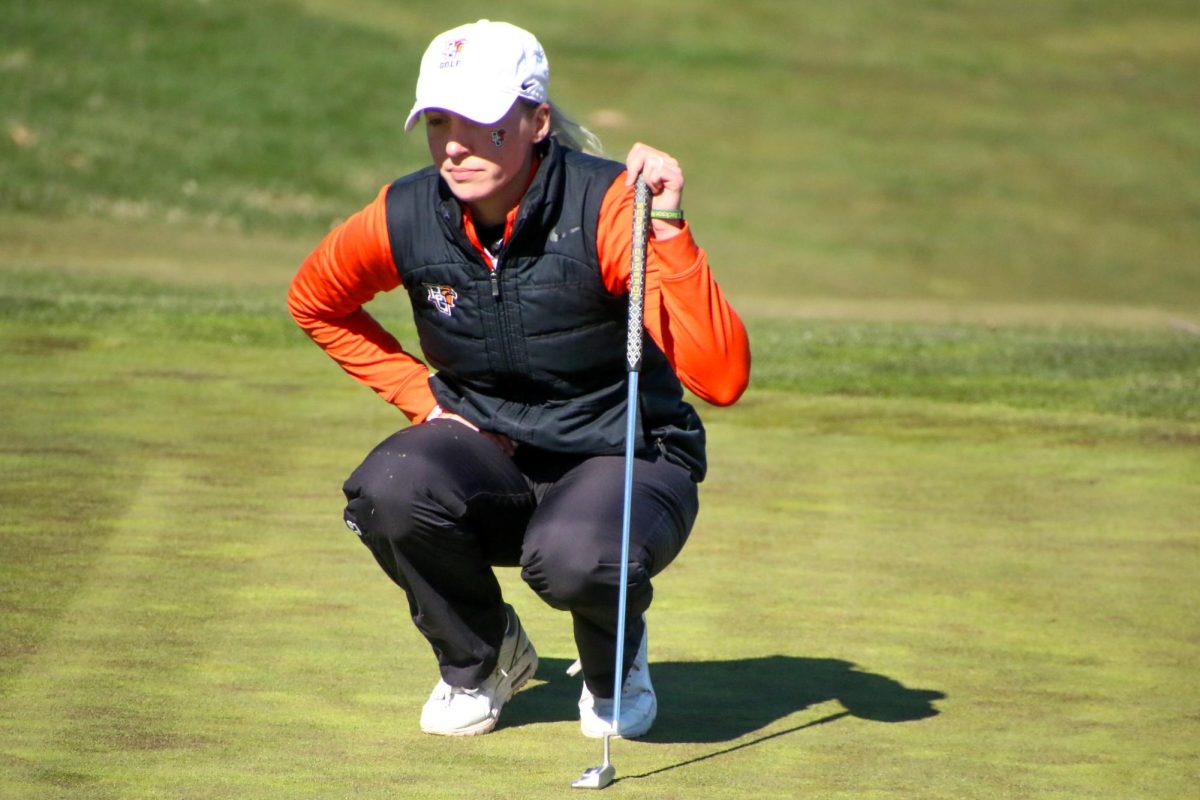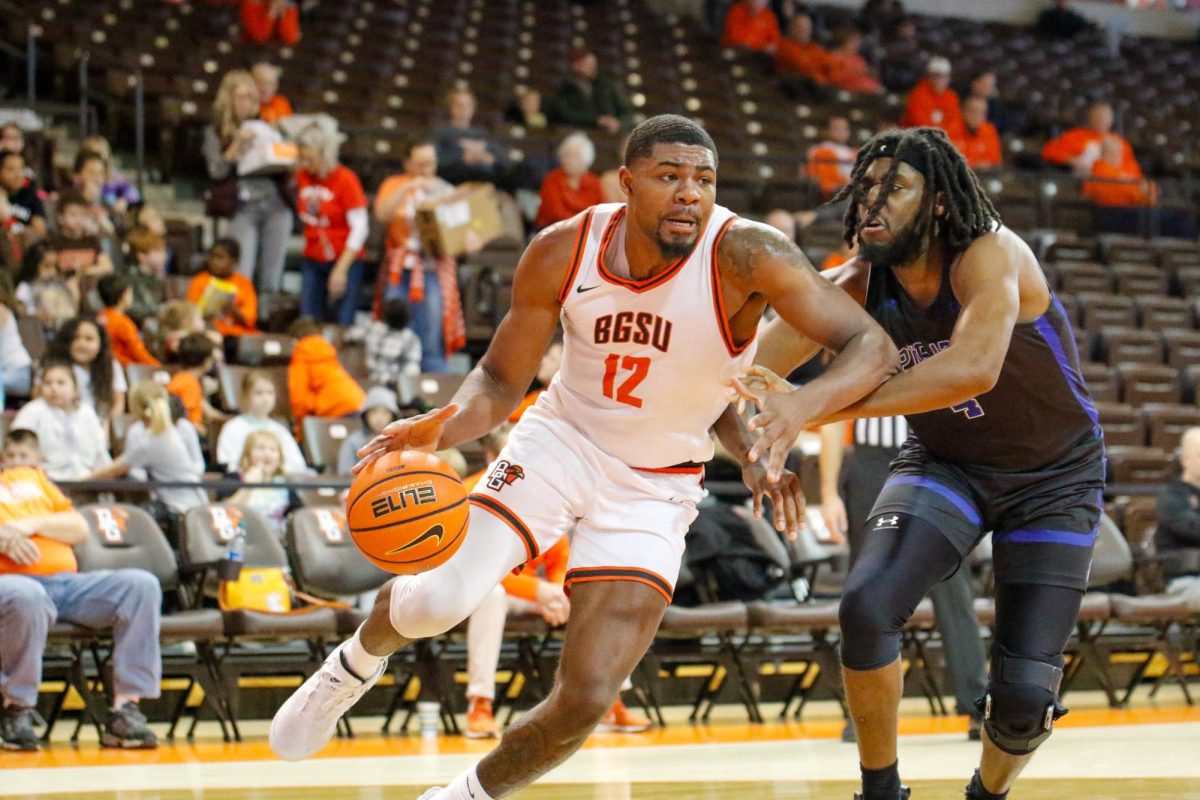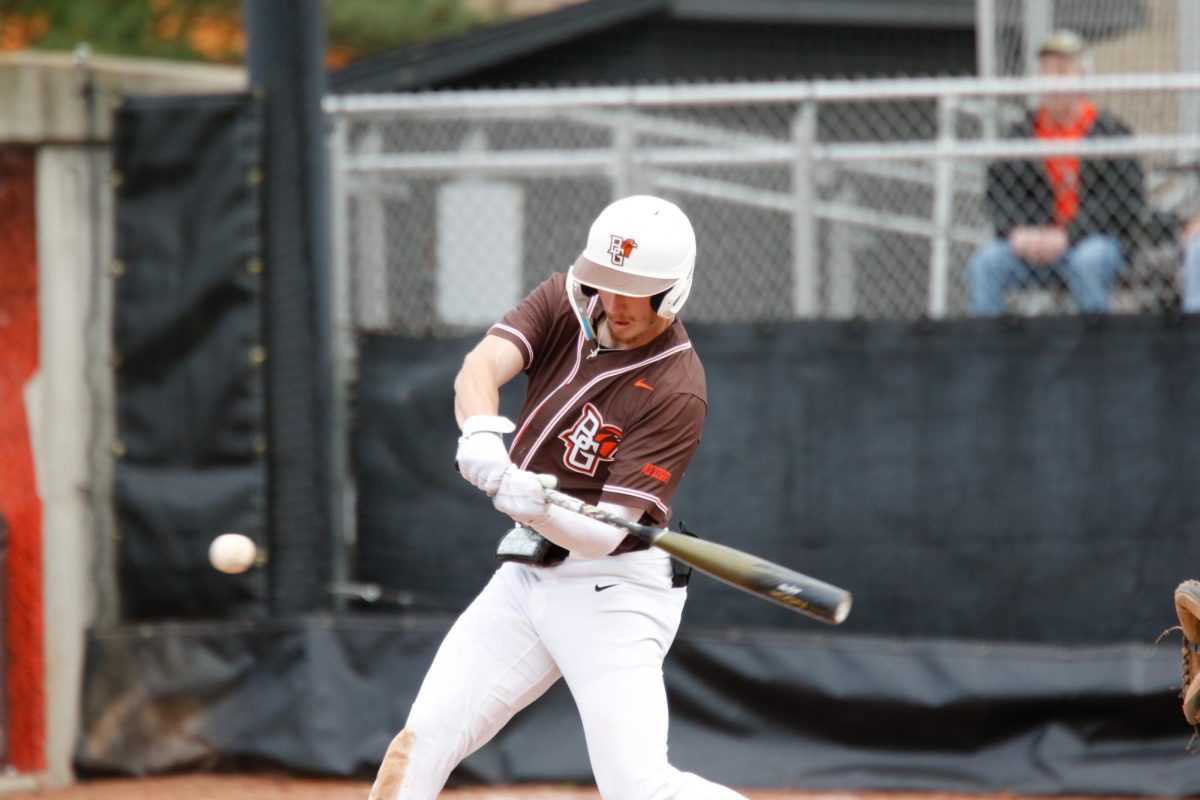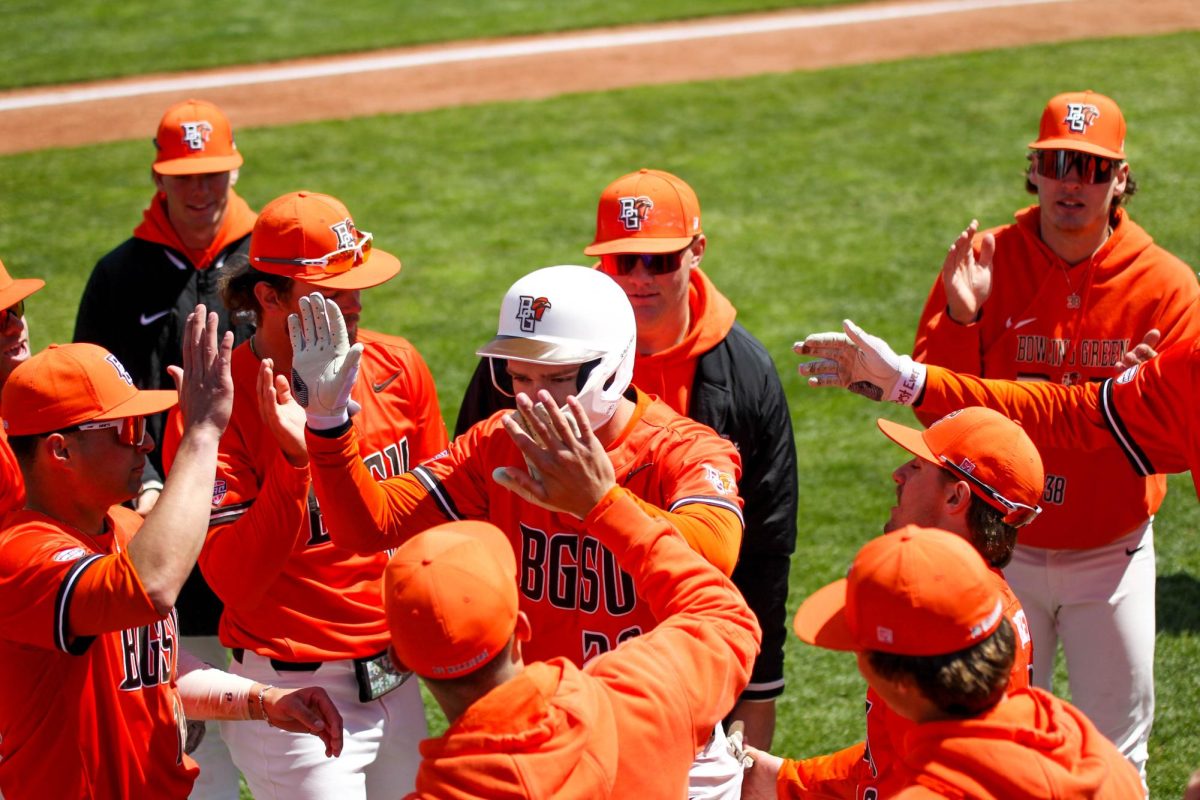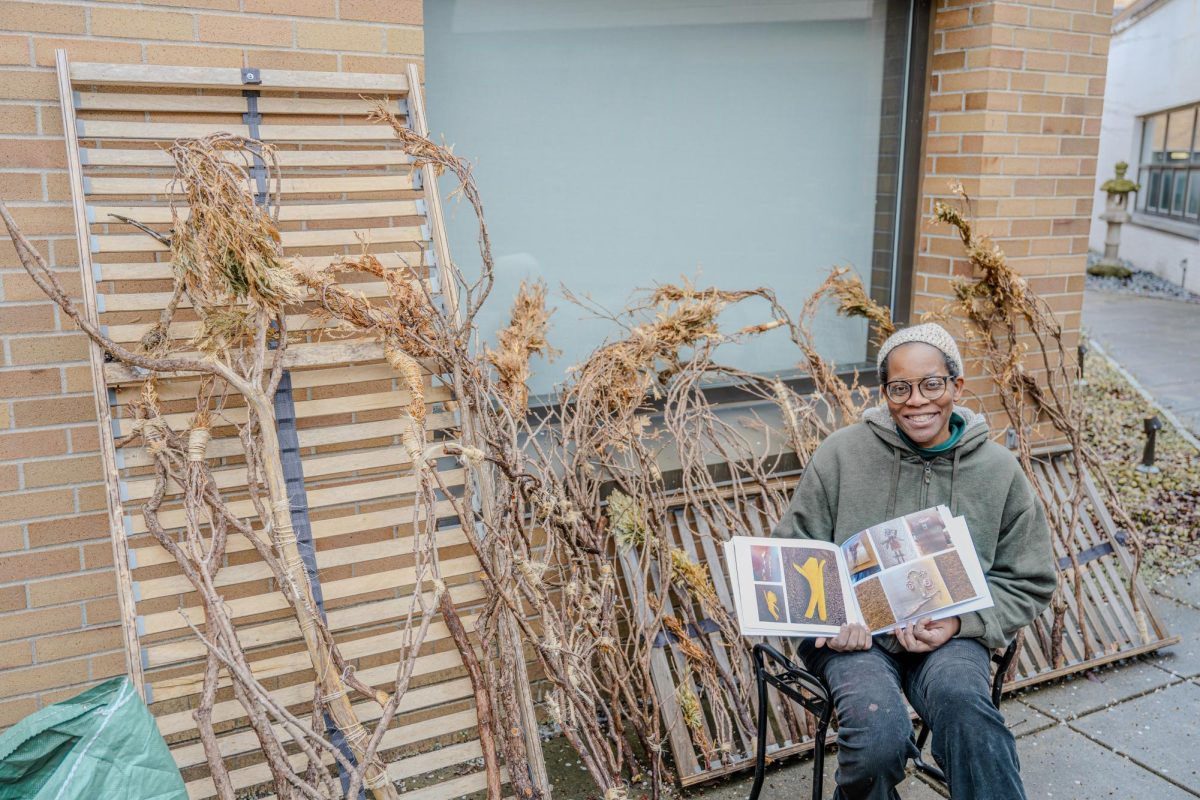The room was almost completely dark except for the flashing blue and red lights; a man was screaming in my ear and I was just finishing my last pushup in a set of 20. I jumped up, turned around and saw two men fighting in the alley. The man closest to me pulled a pistol from his waistband and pointed it at the other man, who immediately turned to flee. I immediately drew my pistol and yelled, “Police, drop the weapon.” The man turned toward me and reached into his pocket, and though his pistol was still pointing slightly – and I stress slightly – away from me, I fired two rounds center mass into his chest.
Two red dots appeared on the screen where I had shot the man, and the simulation ended with “No Shoot” in large, red letters flashing across the screen. The situation briefly replayed itself and the man closest to me reached into his pocket and pulled out a police badge and identified himself as a plainclothes officer. The instructor turned the lights back on, and the 30 or so other military police in the room started dissecting my decision to use lethal force in the scenario.
I was lucky while I was stationed in Germany to have regular access to a Fire Arms Training Simulator and a command organization that stressed constant training and readiness. But, it was just one of several steps taken to ensure that, in the unfortunate event that one of us had to use lethal force against another human being, we would be as prepared as possible.
At the beginning of every shift, when our weapons and uniforms were being inspected, we were grilled on the use of force. Verbal persuasion, show of force (calling for backup and/or not pointing the gun at people), nightstick, physical restraint and, finally, lethal force. We did not necessarily need to follow them all in order, depending on the situation. If someone’s life was in mortal danger, we were authorized to jump straight to lethal force. But, we were continually told that the split second before we pulled our pistol, we should have already made the decision to take the suspect’s life, because once the shooting starts, there is no turning back.
Hundreds of hours of training went into preparing us for that one dreadful moment when a situation has escalated to the point where lethal force is authorized. In the 10 years I spent as a military police officer, I only drew my weapon a handful of times with the intention of killing the “suspect.” Although the training gave me an edge, the situations were always in complete chaos and unimaginable disorder.
More guns on campus mean that officers and possibly armed students responding to a situation will have to make that split-second decision on whether or not to shoot the individual in street clothing that just ran out of a room with a pistol in his hand. And even with my experience and training, I do not want to make that decision or be placed in that type of environment.
James Rose is a graduate student studying history. Send responses to his column to [email protected].







